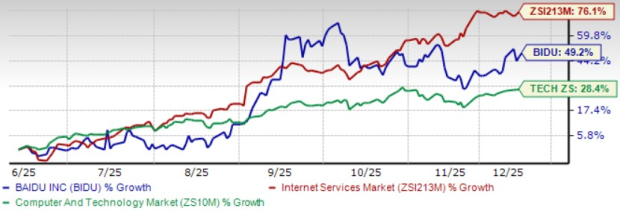Recent data is highlighting why investors should consider adding more exposure to emerging markets.
S&P Global research found that at the end of April, the Emerging Market PMI Output Index was sitting at 53.6. While April’s data came in slightly lower than March’s, it nonetheless marks 23 months in a row in which emerging markets outperformed developed markets.
S&P Global’s report also noted that new business growth for emerging markets is mounting at an accelerating pace. This comes as backlogged work levels rose among emerging market firms for the first time since January. Both of these indicators highlight the potential for strong emerging markets growth in the months ahead.
Emerging Market Exposure
The BondBloxx JP Morgan USD Emerging Markets 1-10 Year Bond ETF (XEMD) can help investors tap into potential growth in emerging markets. The fund provides exposure to emerging market bonds that are U.S. dollar denominated.
XEMD operates with a net expense ratio of 0.29%. The fund is benchmarked to the J.P. Morgan EMBI Global Diversified Liquid 1-10 Year Maturity Index. The index tracks fixed- and floating rate debt instruments in emerging markets with $1 billion or more in face amount and an average life of less than 10 years.
To achieve the fund’s objective, XEMD uses a representative sampling indexing approach. While it provides asset exposure to a wide berth of emerging markets, XEMD’s top three asset regions are in Saudi Arabia, Turkey, and Mexico.
Looking at asset maturity, a wide majority of XEMD’s holdings have a short or intermediate bond duration. Less than 5% of the fund’s assets currently have a maturity past 10 years. In terms of credit rating, the fund currently holds a relatively even split between investment-grade and high yield offerings.
As of May 28, 2024, XEMD has a yield to maturity of 7.11%. The fund currently has more than $212 million in assets under management.
For more news, information, and analysis, visit the Institutional Income Strategies Channel.
Read more on ETFTrends.com.
The views and opinions expressed herein are the views and opinions of the author and do not necessarily reflect those of Nasdaq, Inc.





